Fastestgrowing Summer Ground Cover Plants
Title: Fastest Growing Summer Ground Cover Plants
Introduction:
Ground cover plants are a great way to add beauty and interest to your garden, while also providing some practical benefits. They can help to:
- Fill in bare spots
- Prevent erosion
- Suppress weeds
- Create a low-maintenance border
- Add color and fragrance
If you're looking for a fast-growing ground cover plant for your summer garden, there are a few great options to choose from. Here are five of the fastest-growing summer ground cover plants:
1. Creeping Jenny
Creeping Jenny is a low-growing, spreading plant with bright yellow leaves. It's a great choice for sunny areas and can tolerate some drought. Creeping Jenny is also deer-resistant, so it's a good option if you have a problem with deer in your yard.
2. Moneywort
Moneywort is another fast-growing ground cover plant with bright yellow leaves. It's a bit more tolerant of shade than creeping Jenny, but it still prefers full sun. Moneywort is also deer-resistant and can be used to fill in bare spots under trees and shrubs.
3. Speedwell
Speedwell is a fast-growing ground cover plant with blue, pink, or white flowers. It's a good choice for both sun and shade and can tolerate some drought. Speedwell is also a good choice for attracting butterflies and other pollinators to your garden.
4. Periwinkle
Periwinkle is a low-growing, evergreen ground cover plant with blue flowers. It's a good choice for both sun and shade and can tolerate some drought. Periwinkle is also a good choice for suppressing weeds and creating a dense ground cover.
5. Lilyturf
Lilyturf is a low-growing, evergreen ground cover plant with sword-shaped leaves. It's a good choice for full sun and can tolerate some drought. Lilyturf is also a good choice for areas where you need to control erosion.
Main Content:
In addition to the five plants listed above, there are many other fast-growing summer ground cover plants available. When choosing a ground cover plant for your garden, it's important to consider the following factors:
- Sun exposure: Some ground cover plants prefer full sun, while others prefer shade.
- Water needs: Some ground cover plants are drought tolerant, while others need regular watering.
- Hardiness zone: Make sure to choose a ground cover plant that is hardy in your climate zone.
- Maintenance requirements: Some ground cover plants are low-maintenance, while others require more frequent pruning or weeding.
Once you've considered these factors, you can start shopping for the perfect fast-growing summer ground cover plant for your garden.
Conclusion:
Fast-growing summer ground cover plants can be a great way to add beauty and interest to your garden, while also providing some practical benefits. When choosing a ground cover plant, it's important to consider the sun exposure, water needs, hardiness zone, and maintenance requirements of the plant. With so many great options available, you're sure to find the perfect fast-growing summer ground cover plant for your garden.
Are you looking for summer ground cover plants to add some color and interest to your garden? Visit Home Gardening to learn more about the best summer ground cover plants for your climate. We have a wide selection of plants to choose from, including creeping thyme, dead nettle, ajuga, and aronia. We also offer a variety of flowering ground cover plants, such as creeping phlox and creeping geranium.
Our team of experienced horticulturists can help you choose the right summer ground cover plants for your needs. We can also provide tips on how to plant and care for your new plants. So what are you waiting for? Visit Home Gardening today to learn more about summer ground cover plants!
Image of summer ground cover plants
10 different images of summer ground cover plants that are free to use:
- Ajuga reptans, also known as bugleweed, is a low-growing plant with blue, purple, or white flowers. It is hardy in zones 3-9 and can tolerate full sun to partial shade.
- Creeping Jenny, also known as Lysimachia nummularia, is a mat-forming plant with yellow flowers. It is hardy in zones 3-9 and can tolerate full sun to partial shade.
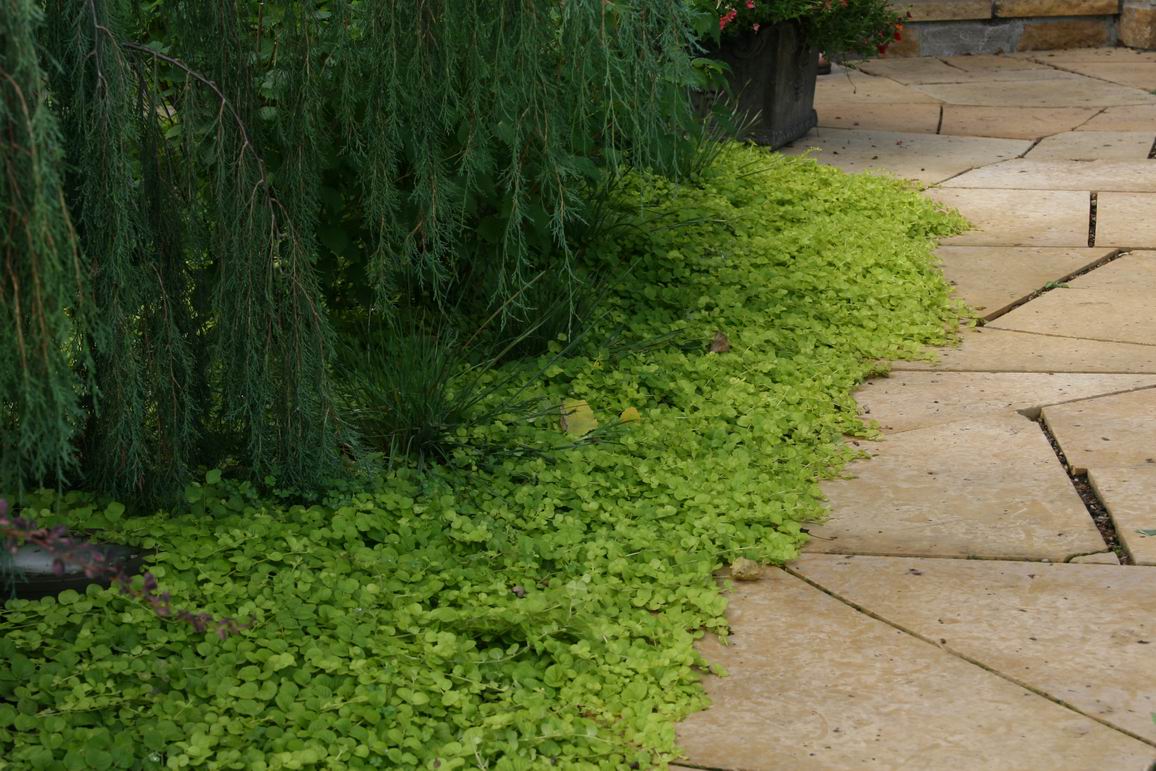
- English ivy, also known as Hedera helix, is a climbing vine that can also be used as a ground cover. It is hardy in zones 4-9 and can tolerate full sun to partial shade.

- Periwinkle, also known as Vinca minor, is a spreading plant with blue or purple flowers. It is hardy in zones 4-9 and can tolerate full sun to partial shade.
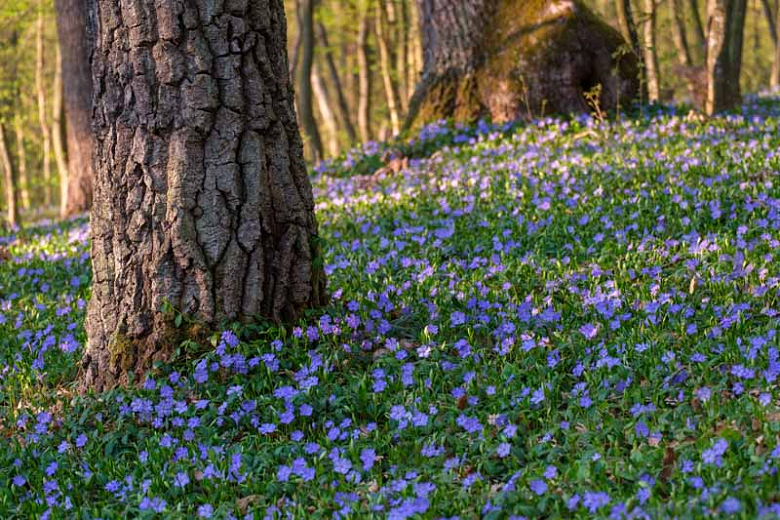
- Scotch moss, also known as Sagina subulata, is a mat-forming plant with white flowers. It is hardy in zones 3-9 and can tolerate full sun to partial shade.
- Stonecrop, also known as Sedum, is a succulent plant that comes in a variety of colors, including green, yellow, orange, and red. It is hardy in zones 3-9 and can tolerate full sun to partial shade.
- Yarrow, also known as Achillea millefolium, is a tall-growing plant with white, yellow, or pink flowers. It is hardy in zones 3-9 and can tolerate full sun to partial shade.
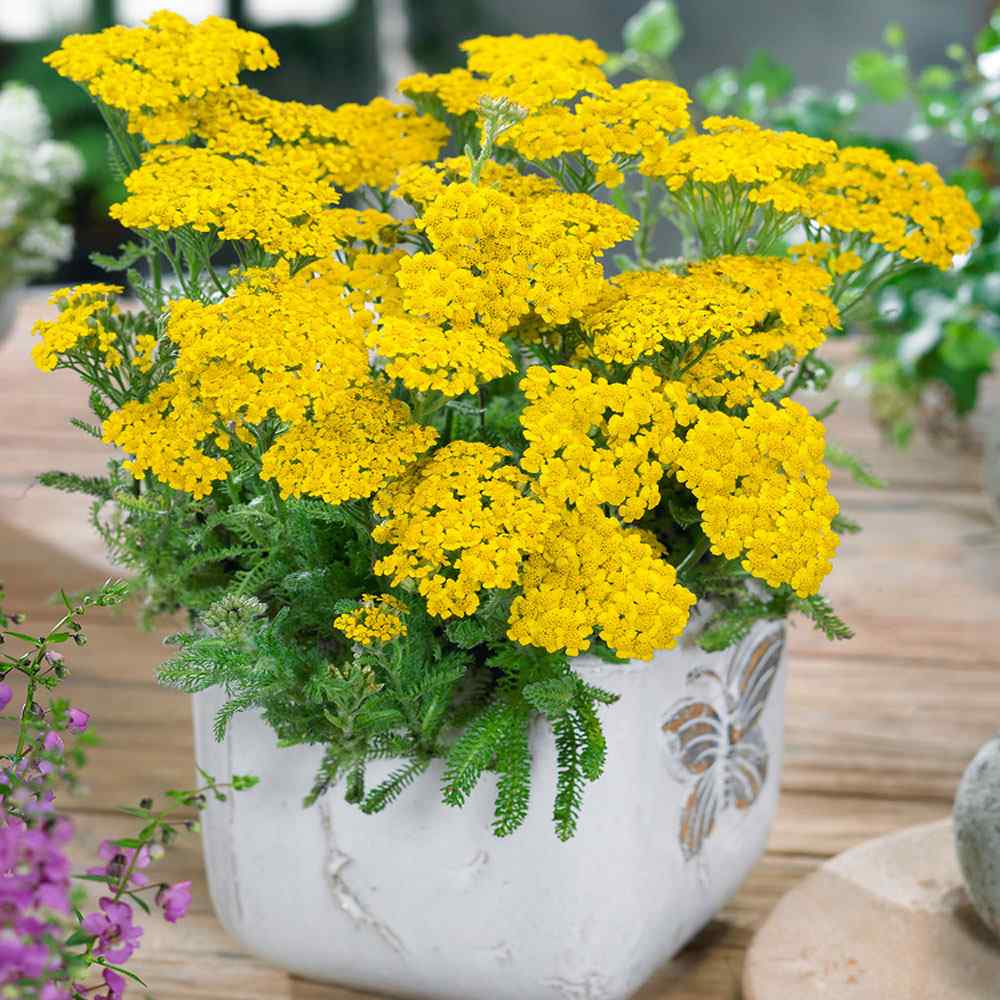
- Lamb's ear, also known as Stachys byzantina, is a low-growing plant with gray-green leaves. It is hardy in zones 4-9 and can tolerate full sun to partial shade.
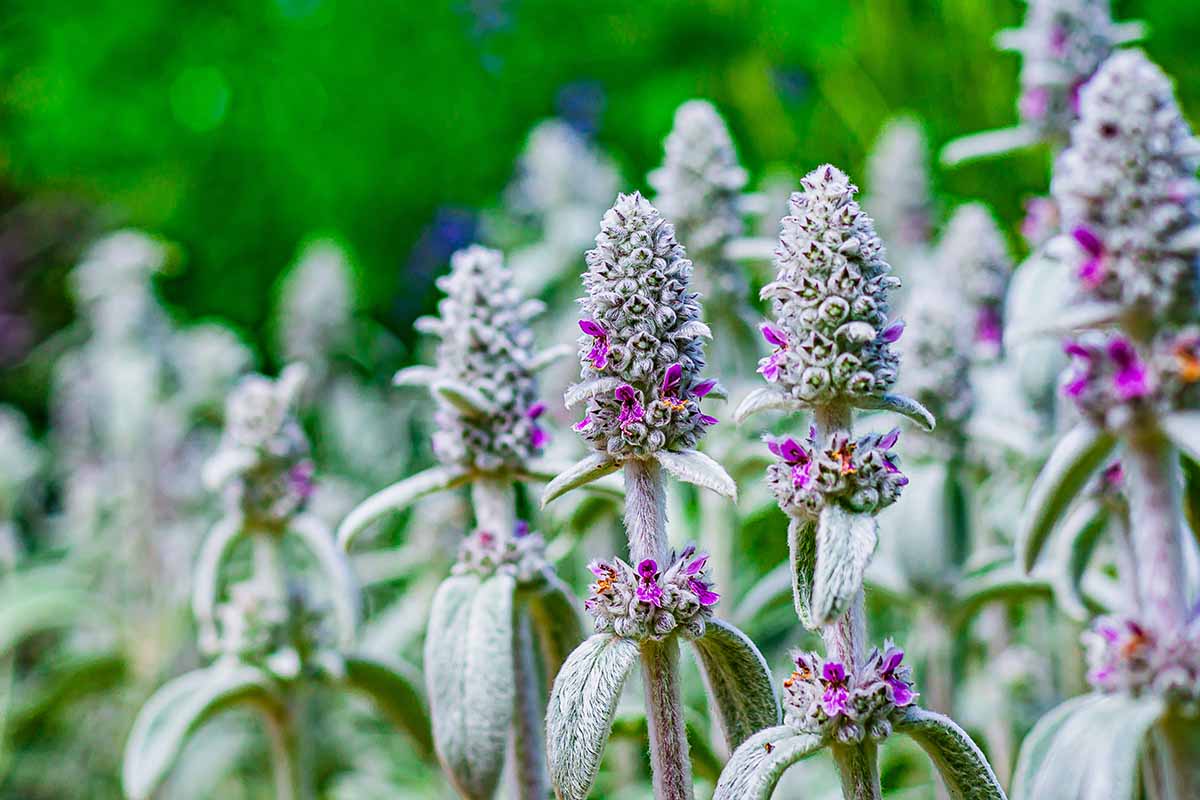
- Sweet alyssum, also known as Lobularia maritima, is a low-growing plant with white, pink, or purple flowers. It is hardy in zones 4-9 and can tolerate full sun to partial shade.
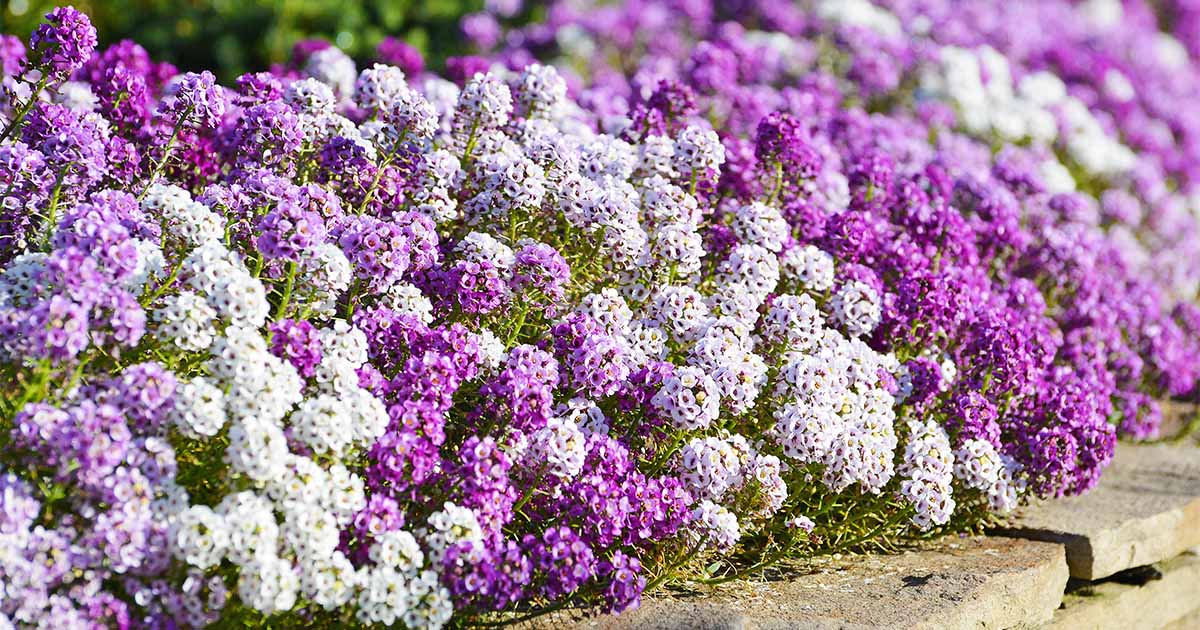
- Tiarella cordifolia, also known as foamflower, is a spreading plant with white or pink flowers. It is hardy in zones 3-9 and can tolerate full sun to partial shade.


Post a Comment for " Fastestgrowing Summer Ground Cover Plants"